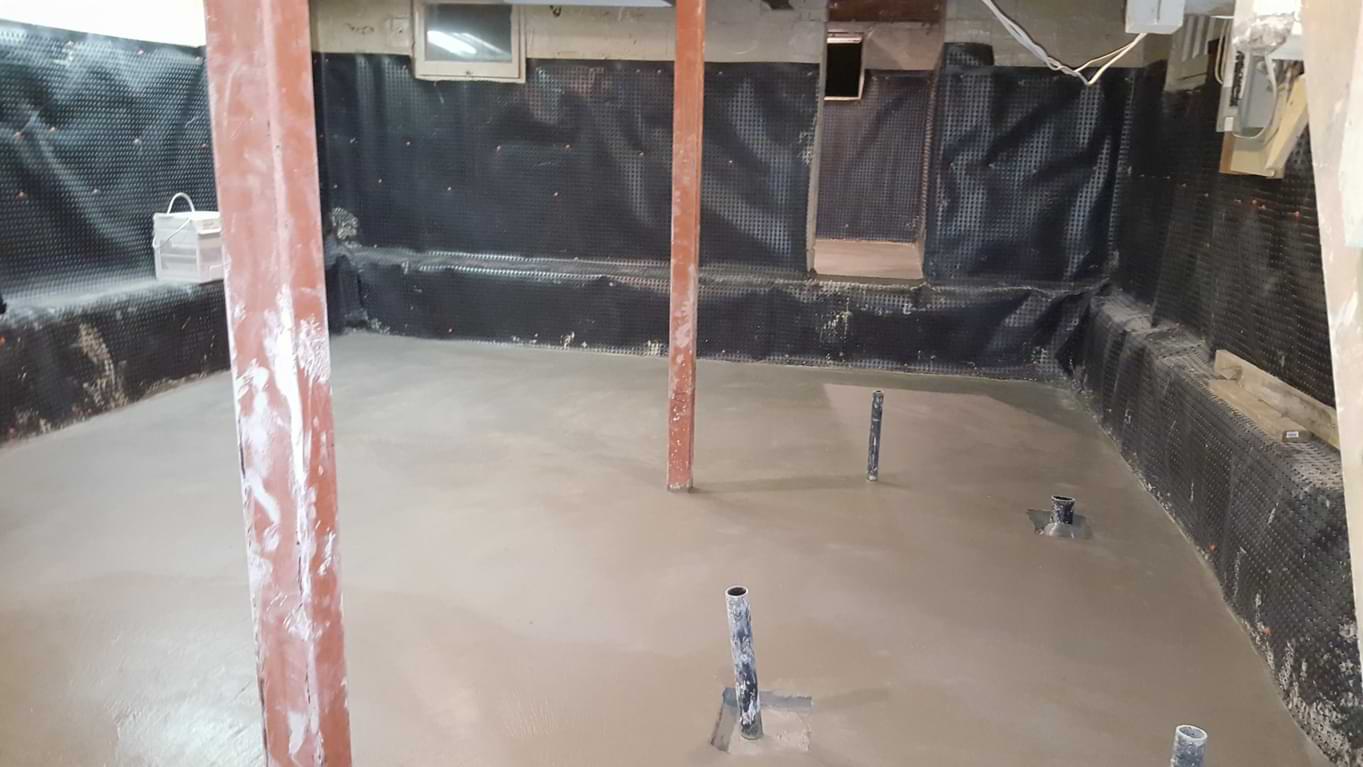In theory, houses are built on solid foundations that are strong enough to bear their full weight and more. Unfortunately this is not always the case. Foundations may subside and even disintegrate for structural reasons. They can also be affected by flooding, shifting earth and heaving clay.
When this happens there are two solutions. Either you have to reinforce the faulty foundations by adding bulk beneath them, or you have to demolish the house and start again. The former, which builders call underpinning (or basement lowering), is obviously the preferred alternative. While the practice of Underpinning is used to repair a faulty foundation, it’s sometimes done for other reasons.
Our first experience with underpinning was when we were thinking about converting our old cellar into a full height finished basement so we could add a family room down there. We spoke to the best home addition contractor in Mountain View and they walked us though the entire process.
Increasing Basement Height
Some basements are little more than crawl-space cellars, having been built for the sole purpose of raising the ground floor level of the house. This could be to achieve a view, level the main structure across a slope, or create a defense against flooding.
Excavating a cellar without first adding support can be a recipe for disaster. You could remove foundation lateral support and cause it to start sliding into the excavation with inevitable results. The only way to avoid this happening is to create more bulk beneath the existing foundation as you dig down. For practical reasons this is done in sections.
Other Reasons to Underpin Foundations
Warning signs are cracks appearing in walls, especially in relatively weak places like corners. You might also notice:
- A slight tilt to the house
- Floors moving out of level
- Cracks in wall and floor tiles
- Windows and doors that are hard to close
- Gaps around doors and windows
- An opening between the roofline and the upper walls
The first step involves digging trenches to establish whether the root cause is foundation failure, or inadequate structures built on top of it. It’s also essential to determine what compromised the structure in the first place.
The Underpinning Process
The purpose of an underpinning job determines the extent of its scope. If you are excavating out a basement to increase head height, then the entire foundation needs to be progressively underpinned in sequence. However if you’re repairing a cracked, eroded or subsided foundation you may only need to reinforce the relevant part.
In either instance it’s important to dig down to at least the point where moisture levels are consistent, and to install jacks until the new concrete has dried fully. You can check ground moisture with a meter obtainable from a garden store, as you don’t require a high degree of accuracy. Bear in mind that this involves the work of a structural engineer and construction experts experienced with basement underpinning.
Repairs to Brickwork
After you have repaired a damaged foundation you would remove and repoint loosened mortar between the bricks above. This is not only for cosmetic reasons. You will also be adding a modicum of strength to the wall itself.
The Value of a Specialist
This is not an easy job (as you can see). The work is dirty, arduous and time-consuming. The time and costs involved are also something to consider. If you’ll be in your home for the long haul, and would like full living use of your basement, it may be worth looking into adding another level of living space to your home.


